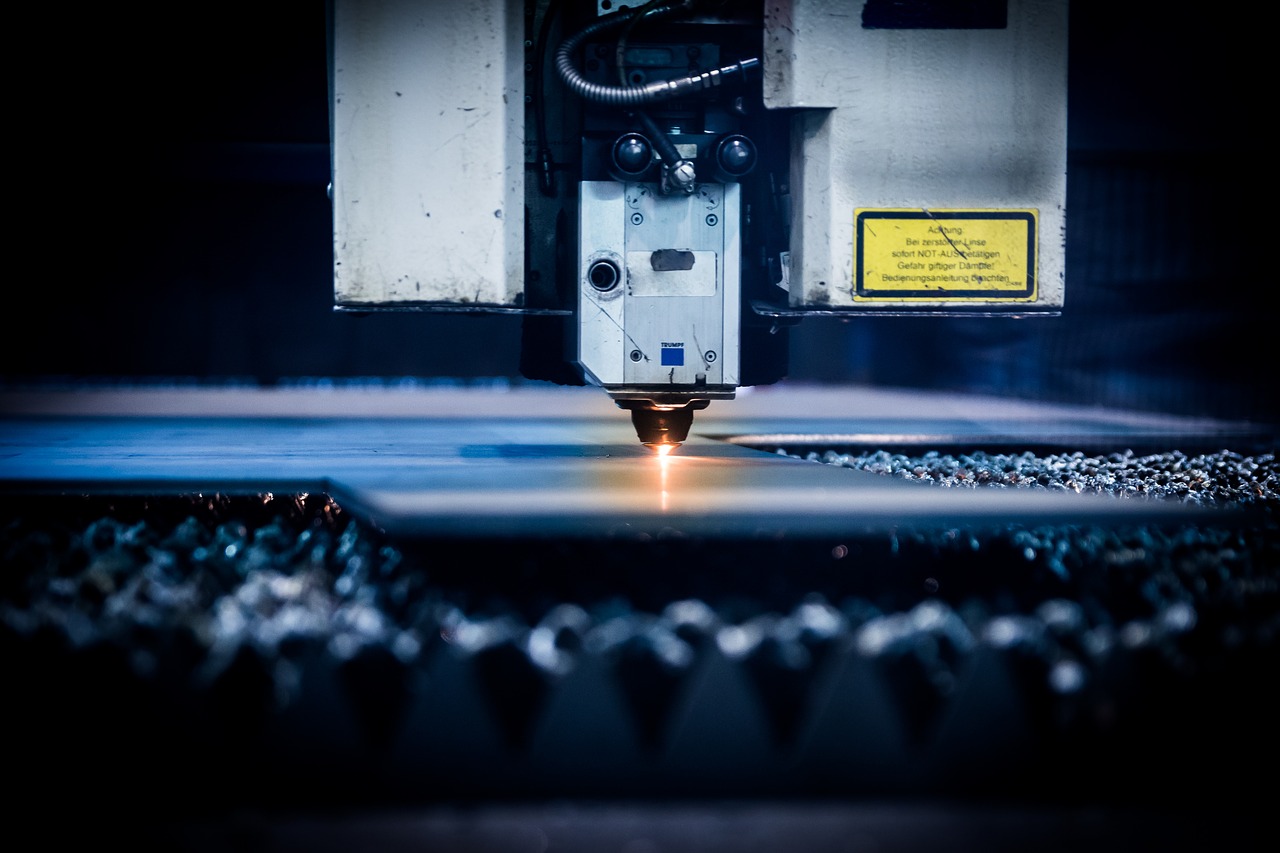
Regular advancements in technology occur in the manufacturing industry. Remaining updated on the outstanding changes is essential to guaranteeing your production process is operating as efficiently as possible.
Read this beginner’s guide to plasma technology to understand how the systems and applications are positively benefiting numerous industries.
Table of Contents
Plasma Technology Defined
Plasma technology is an innovative advancement in manufacturing that improves the overall quality of production.
Before understanding the specifics of plasma technology, it’s important to define plasma.
Plasma is an ionized gas formed by supplying a certain level of energy to a gas until electrons vacate the atomic shell, causing the gas to transfer from a gaseous state into plasma. Typically, plasma contains a high, unstable energy level and is able to trigger various physical and chemical reactions.
Plasma is evident in numerous examples, including lightning, polar lights, sunlight, and candle light.
Scientists are able to generate and utilize plasma to transform production technology.
Plasma technology applies plasma to a surface, causing molecular bonds to break and chemical reactions to occur. Applying the plasma process results in an increased level of energy and oxygen on a treated surface.
Primarily, plasma technology is essential for pre-treating surfaces to enhance the wettability and adhesion of a surface, leading to a quality production process and outcome.
Essential Equipment
Artificially-produced plasma is considered a cold plasma. Plasma technology is deployed using two main methods: Atmospheric-pressure plasma (APP) and low-pressure plasma (LPP).
APP systems are incorporated into automation processes and allow normal pressure conditions. Easily, the space-saving plasma technology is concisely added to a production line to simply apply the plasma to the intended location on a surface.
APP devices are cheaper plasma solutions that only involve air, electricity, and minimal space, making it ideal for manufacturers with longer production lines and processes.
LPP is created in a vacuum chamber by sealing the product in a contained space, feeding gas through the chamber, and igniting the gas to form plasma. LPP systems completely cover an entire surface, including cavities.
LPP devices are more expensive options that effectively and fully apply plasma to a surface to increase the benefits and quality of products.
Evaluating the difference between APP and LPP devices assists in understanding the space required and specific advantages of each plasma technology system.
Amazing Benefits
Plasma technology offers numerous benefits for the manufacturing industry.
Innovative plasma technology increases the cleanliness and wettability of surfaces to enhance the overall production process and allow for new material and product creation.
Additionally, plasma technology is widely suitable for different manufacturers due to the variety of equipment systems. Incorporate it into the production line by purchasing an APP system or create an independent station by selecting an LPP system.
Regardless of your chosen device, plasma technology will assist your high-volume production to create quality materials and expand your possibilities.
Recognize the amazing benefits of plasma technology to begin incorporating new manufacturing trends into your production process.
Plasma Technology Applications
Plasma technology is applied for two primary reasons: Cleaning and activation.
Plasma cleaning removes boundary and residual layers from a treated surface. Typically, plasma cleaning is implemented before applying adhesives to strengthen the bond and increase durability.
Plasma activation increases the surface tension of a treated surface. Metals, plastics, and other materials are enhanced through plasma technology to eliminate weak surfaces and gaps, successfully elevating the wettability.
Other plasma technology applications include hydrophilization, functionalization, passivation, and reduction, which all improve a treated surface for various reasons or processes.
Discover numerous applications and purposes to understand how plasma technology improves materials.
Active Industries
Plasma technology is becoming increasingly popular in the production industry on account of its advantageous applications, accessibility, and benefits.
Industries currently implementing plasma technology include:
- Automotive
- Electronics
- Packaging
- Renewable energy
- Consumer goods
As information about plasma technology increases, more and more industries are adding the innovative technologies to their production process to enhance their speed and quality.
Understand how different industries are capitalizing on the application of plasma technology to advance their production line.
Learn everything you need to know about plasma technology to discover if the systems and applications will benefit your manufacturing process.